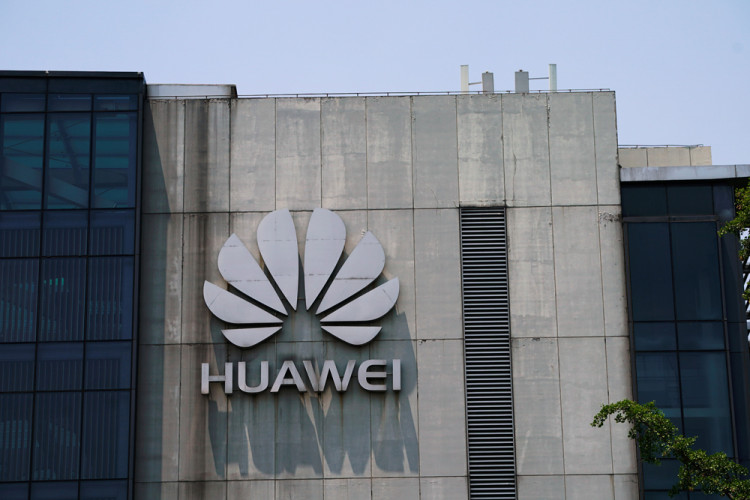The US federal government issued an executive order that will ban Huawei on using US parts. After a few hours, Google also announced that it had pulled Huawei’s license to use Android, leaving brand users worrying and asking, can Huawei survive without US parts and Android OS? Apparently yes.
The Chinese mobile manufacturer Huawei claims to have been preparing for a situation like this. They have enough materials to last them three to six months and is developing its own operating system and planning to reduce their dependence on US suppliers for years.
"If we ever could not keep using these systems (like Android), we have to be prepared. it is our plan B., But of course, we would prefer to work with the ecosystems provided by Google and Microsoft" Richard Yu, Huawei executive director told a German magazine in March.
The development of an operating system and Huawei’s own mobile parts was unavoidable. As a telecommunications giant, Huawei is said to know this, and they know they needed to control their main technologies. A system had already been built but is not ready to be launched. Huawei supposedly plans to launch this in three years or more but will now be pressure to accelerate this timeframe.
Huawei has not provided more information about the operating system, but according to Huawei Central, the name of this new system would be "HongMeng OS." The program, which would have begun to be developed in 2012, would be used as a universal system on several platforms, including phones, tablets and computers and would be based on the Linux operating system, the same one on which Android is based.it is likely that the company is committed to a "mutual approach" that guarantees compatibility with most of Android's current design patterns.
For Huawei users' questions regarding our steps to comply w/ the recent US government actions: We assure you while we are complying with all US gov't requirements, services like Google Play & security from Google Play Protect will keep functioning on your existing Huawei device. — Android (@Android) May 20, 2019
As for the other US parts being used in Huawei mobiles like the Gorilla Glass, Storage, and 3g support, Huawei would have to pick another provider. Huawei currently uses Gorilla glass for the P30 Pro line as well as they’re other recent phone models and laptops. Huawei would need to partner with another one such as the AGC Asahi Glass, a Japanese competitor that produces the Dragontrail glass.
Huawei’s storage is currently supplied by Micron, a supplier based in Idaho US which has reportedly suspended their shipments to Huawei so other suppliers like Toshiba and Samsung can possibly be Huawei’s alternative as well as creating their own storage component through their HiSilicon company.
Huawei’s front end modules for 3G and LTE support which act like networking cards are also supplied by US companies - Sktworks and Qorvo - which seems to be the popular option as other mobile giants like Samsung use it too. These modules are needed to work with 3G, and LTE bands around the world, and Huawei may need to develop its own front-end modules.
There’s no doubt that the US and Google ban will affect Huawei’s run to become the largest mobile phone maker in the world where they now rank 2nd, just behind Samsung and have Apple as its close 3rd. It would remain to be seen if Huawei will be able to convince consumers outside of China with all the changes they plan to have.




